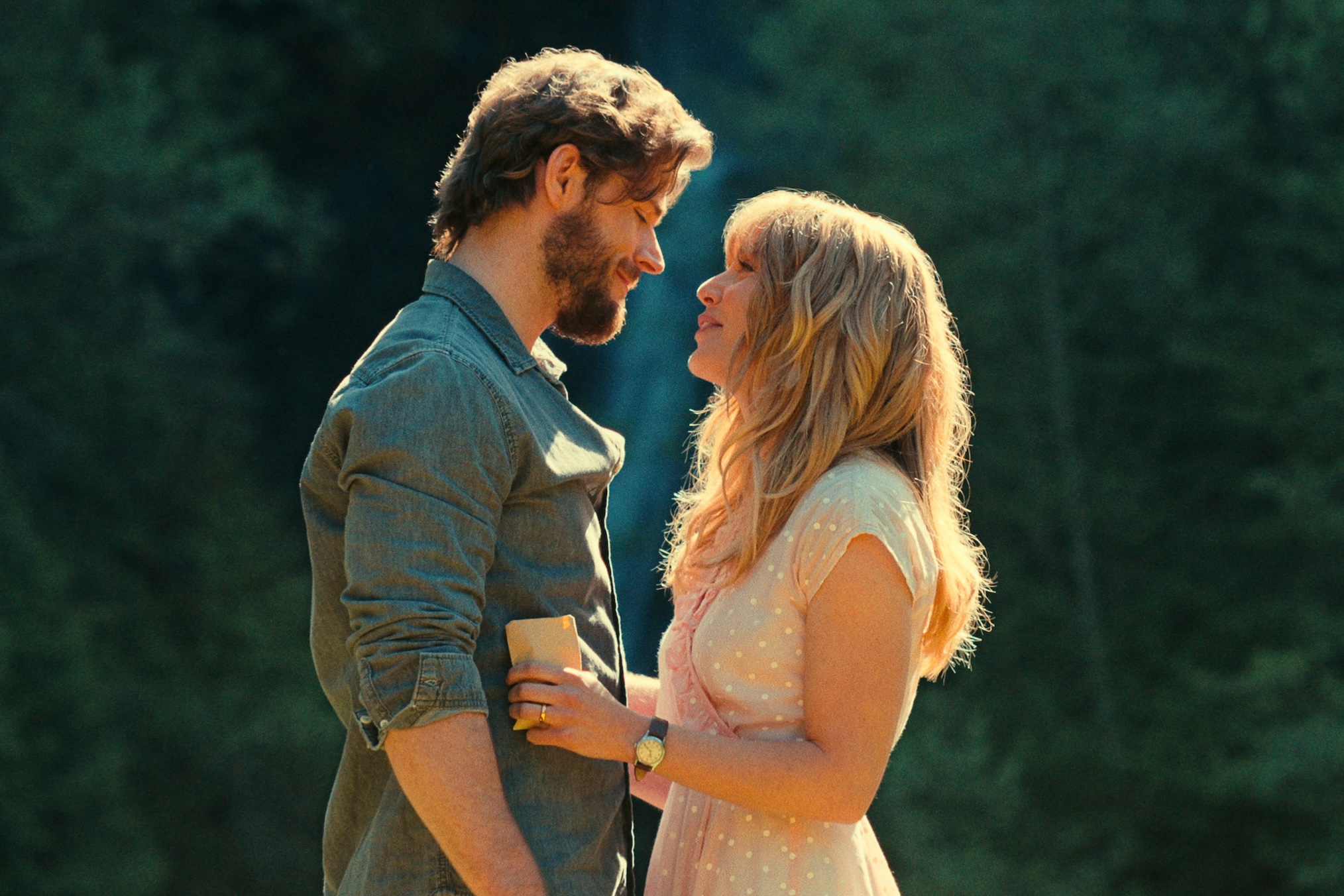
Long before Korn’s self-titled debut album went gold, the band was already living the high life, with an emphasis on high. The only time Korn were mostly sober was when they were performing. Other than that they were drinking heavily, popping pills and snorting up jumbo-sized lines of blow all night long. By the time they finished touring for the album and entered their rehearsal space to work on their second album, Life Is Peachy, which came out Oct. 15, 1996, Korn could barely remember the last year of their lives.
They had even less of a clue about what lay in their future, and were in a serious state of disarray when they started working on new songs.
“We didn’t know what we wanted to do,” frontman Jonathan Davis told me in 1998. “We didn’t have anything written and I didn’t know what I wanted to sing about. But we had a great vibe and we had lot of momentum behind us, so we just had to get in there and do it.”
The four instrumentalists in the band — guitarist James “Munky” Shaffer and Brian “Head” Welch, bassist Reginald “Fieldy” Arvizu and drummer David Silveria – started working on material first. Someone would come up with an idea – be it an opening riff a mid-song rhythm or a cool beat, and the others joined in. Sticking with what they knew, the band incorporated elements of alt-metal, hip-hop and new wave in their songs, and within weeks they had rough skeletons for a handful of new tunes. At that point, Davis started adding vocals to their jams.
“With a lot of bands someone will write a full song and bring it in and then everyone else will play it,” Fieldy said. “This was a way more collaborative process.”
Korn, Live at Donington (1996)
Soon after Korn started working on the songs, producer Ross Robinson, who played a major role in the sound of the band’s first album, joined them to provide input. Korn ran everything they had written by Robinson, who mercilessly critiqued them, explaining what worked and what didn’t.
“I wanted to help them capture their fire and make sure it stayed completely lit,” Robinson said. “I worked with each person in the band to make sure they understood why they were doing what they were doing. My inquiry was very deep and we discovered a lot of unhealed wounds. I’m not afraid to go there and I craved it. But everything was based on a foundation of love and support.”
From a creative standpoint Korn were coming up with some inspired and cathartic music that progressed naturally from the material from their first album. On a social level, however, the band had trouble holding themselves together from one minute to the next. They fought frequently and even though Robinson implored them to stay sober long enough to finish what they were working on, the band members often opted for partying over writing and rehearsing, leading productive sessions to a crashing halt.
“We were drinking mass quantities of everything, and when we were really fucked up you didn’t want to be around us,” Davis said. “I’d bite people when I was drunk. I bit everyone in the band hard. I didn’t know what I was doing and I didn’t care.”
Korn, 1996 Rehearsal
“We were under a lot of pressure, so drinking and getting high seemed preferable to facing our responsibilities,” Welch said. “There were a lot of nights when we’d be playing and someone would do too much of something and suddenly they were passed out and couldn’t play. And a lot of times that guy was me.”
Somehow, with the encouragement of Robinson and their management, Korn motivated themselves enough to finish writing a batch of songs for Life is Peachy. And in April 1996, they entered Indigo Ranch Studios in Malibu, Calif., to start tracking.
As with Korn, the album is abrasive and confessional and Davis regurgitates his poisoned guts with lyrics about betrayal, self-abuse and excess. “Sick of the same old things / So I dig a hole / bury pain / I am so high always / Burying my life so slowly,” he sings on “Chi.” In “Good God” he laments the psychic trauma of a dysfunctional relationship: “In the sea of life, you’re just a minnow / live your life insecure / Feel the pain of your needles as they shit into my mind.”
“Most of the lyrics came to me really spontaneously,” Davis said. “A lot of it what I was dealing with. Like, in the song “A.D.I.D.A.S.” [which features the line “all day I dream about sex“] I’m just singing about myself. I’m a horny motherfucker.”
Korn, “A.D.I.D.A.S.” Music Video
In July 1996, Korn finished the final overdubs for Life is Peachy. The album included a cover of Ice Cube’s “Wicked,” which featured a guest appearance by Deftones singer Chino Moreno.
Life is Peachy entered the Billboard album chart at No. 3, and went gold on Jan. 8, 1997, less than three months after it was released. Eleven months later, the album went platinum. To date, Life is Peachy has gone double platinum and is considered by many to be one of Korn’s best records.
“It really felt like we could do no wrong,” Davis said. “Everyone was into what we were doing and really enjoying all the different styles we were putting into the music. It was a great time – a fucking crazy time, but a great time.”
Loudwire contributor Jon Wiederhorn is the author of Raising Hell: Backstage Tales From the Lives of Metal Legends, co-author of Louder Than Hell: The Definitive Oral History of Metal, as well as the co-author of Scott Ian’s autobiography, I’m the Man: The Story of That Guy From Anthrax, and Al Jourgensen’s autobiography, Ministry: The Lost Gospels According to Al Jourgensen and the Agnostic Front book My Riot! Grit, Guts and Glory.
Korn Albums Ranked

























